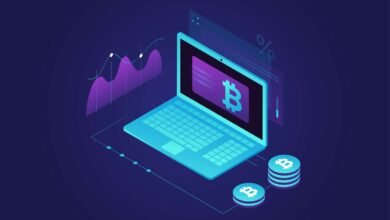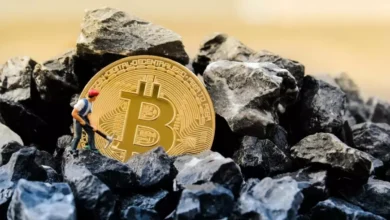
From a side hobby, crypto mining is now a pillar of the digital coin ecosystem. Mining has become a multi-billion-dollar worldwide business as cryptocurrencies like Bitcoin, Ethereum, and others acquire prominence. Examining crypto mining in-depth, this paper defines what it is, how it is done, and the tools and techniques needed to flourish in this cutthroat sector. This tutorial will provide you with all you need, whether your interest in crypto mining is based on its mechanics or something else.
Crypto Mining Process
Crypto mining is validating transactions on a blockchain network and subsequently adding to the ledger. Using specialised computational hardware, miners solve complex cryptographic puzzles.

Miners typically receive payment for their labour through newly generated coins or transaction fees. Mining in blockchain systems like Bitcoin is crucial for maintaining decentralisation, guaranteeing security, and enabling constant transactions free from central authority.
Blockchain Transaction Validation
Blockchain networks use distributed validators—miners—that act as initiators. A bitcoin transaction finds its way to the network and joins an unverified transaction pool. Miners combine these transactions into “blocks” and try to solve the cryptographic puzzle to match the block. The first miner to solve the problem validates and adds the block to the network. This procedure helps guard the network and stops double-spending or fraud.
Stages of Crypto Mining
The problematic process of crypto mining consists of numerous essential stages. Examining its physics helps one fully grasp how mining works. Verifying transactions comes first in Bitcoin mining. Users starting a transaction add it to a pool of unverified transactions. From this pool, miners choose transactions to compile into a block. After creating the block, miners must solve a cryptographic challenge to validate the transactions.
Proof of Work (Pow) is the consensus technique most mining operations, including Bitcoin mining, use. Miners in Pow use computational capability to solve a challenging cryptographic puzzle. Mining is a competitive enterprise given the extensive resources and energy required. First rewarded with cryptocurrencies is the miner who cracks the riddle. Once a miner figures out the riddle, they forward the answer to the network for confirmation. Other miners and network players confirm the answer and examine block transaction accuracy. Should things go according to plan, the block is included in the blockchain, and the miner gets paid, usually in cryptocurrencies.
Crypto Mining Sustainability
The environmental impact of crypto mining is one of the most significant concerns. Some estimates indicate that Bitcoin mining alone uses more energy than whole nations, and mining activities consume enormous volumes of electricity. Such consumption has sparked questions about mining’s sustainability, especially given worldwide initiatives against climate change.
Many ideas are under investigation to lessen the effects of mining on the surroundings. These include shifting to alternate consensus systems such as Proof of Stake (PoS), more energy-efficient hardware, and solar or wind power usage. Several miners have also moved their activities to areas rich in renewable energy, including Canada and Iceland, to lessen their carbon footprint.
Starting Crypto Mining
Starting crypto mining requires careful consideration of several vital factors. Which cryptocurrency you choose to mine comes first. Among the most often chosen are Bitcoin, Ethereum, Litecoin, and others. After deciding on a cryptocurrency, you must select appropriate hardware, determine whether to mine alone or in a pool, and consider local power consumption.
If you are new to mining, begin with cloud or pool mining to reduce the initial cost of purchasing expensive hardware. As you gain experience, you can investigate more sophisticated choices, including solo mining or investing in specialised equipment.
Mining Hardware Options
Custom-built tools for mining particular cryptocurrencies, notably Bitcoin, are known as application-specific integrated circuit (ASIC) miners. ASIC miners are relatively efficient compared to general-purpose hardware and offer exceptional hash capacity. However, they are less flexible than other mining tools since they are costly and only allow mining particular coins.

Another often-used mining technology, particularly for altcoins like Ethereum, is graphics processing units (GPUS). Although GPUS are versatile and capable of mining a wide variety of coins, they do not possess the same strength as ASICS when it comes to Bitcoin mining. Miners sometimes employ GPUS to diversify their portfolio or focus on currencies with lower mining difficulty. Although their effectiveness is much less than ASICS or GPUS, central processing units (CPUS) can also be used for mining. CPU mining was once popular, but with the development of more effective technology, it is no longer a viable option for most cryptocurrencies.
Final thoughts
Crypto mining is pivotal in the cryptocurrency ecosystem by ensuring blockchain networks’ security, decentralisation, and integrity. While the industry faces challenges, including environmental concerns and rising competition, it offers significant opportunities for those prepared to invest in the right tools and strategies. Knowing everything about mining—from the hardware to the consensus mechanisms—can help miners succeed in this rapidly evolving field.








